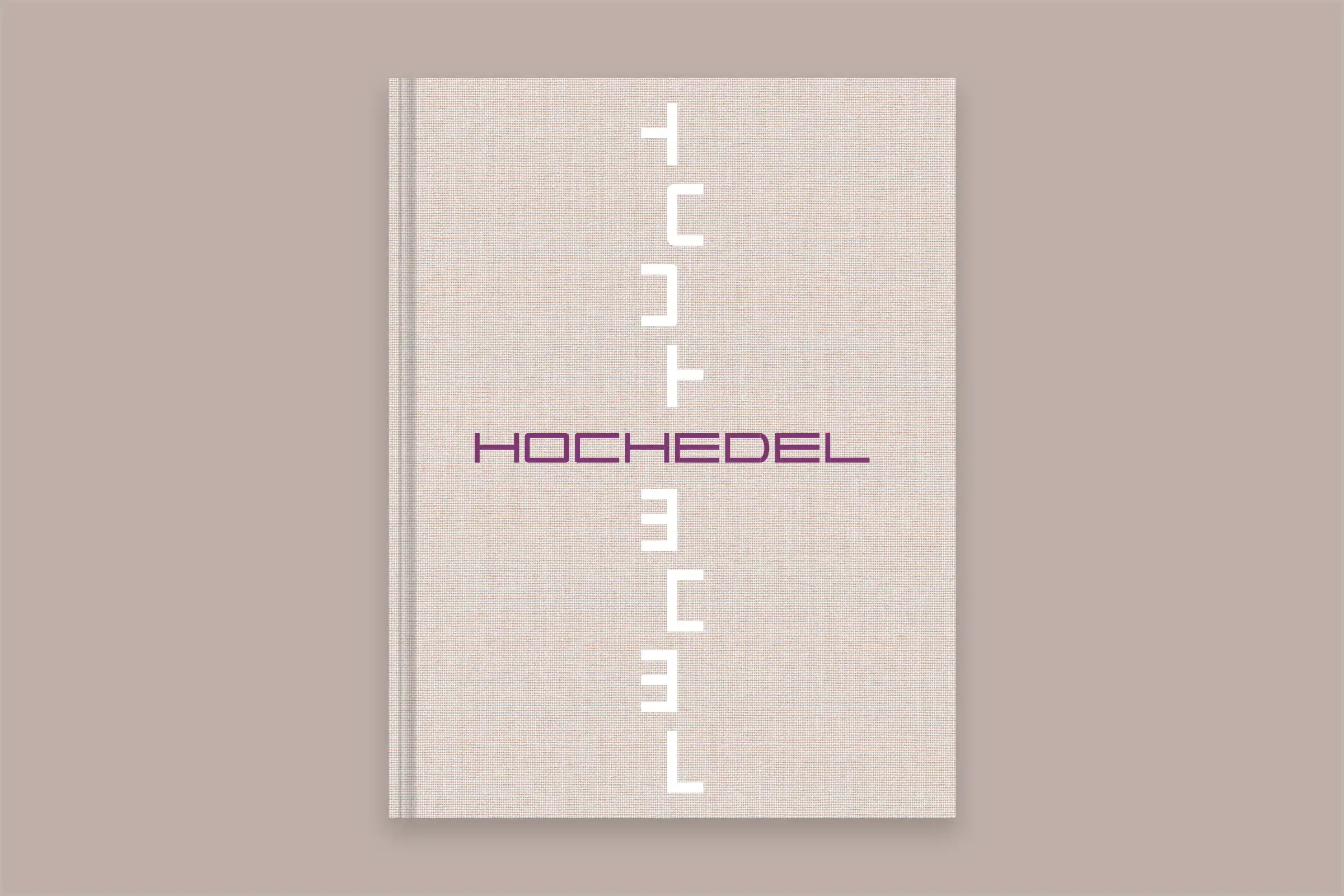
In 2005, the National Conference for Cultural Institutions launched the ‘Security and catastrophe protection for museums, archives and libraries’ project. Dipl.-Ing. Almut Siegel, Dr Alke Dohrmann and Dr Katrin Schöne (from left) set up this project and developed ‘SiLK – Guidelines for the protection of cultural property’. An architect, an ethnologist and an art historian make up the SiLK team, providing presentations and workshops on the subject as well. The SiLK newsletter, published quarterly, provides information on current topics and events relating to the protection of cultural assets and the KULTUR!GUT!SCHÜTZEN! (‘PROTECT!CULTURE!WELL!’) conferences are a popular meeting place and specialist forum for the exchange of expertise.
After the water has receded, we see that 'only' the valuable collection of frames, which we ran out of time for, has been damaged. We were spared the worst. Had the flood been at the weekend or overnight, the Alte Meister art gallery would have ended up with some terribly empty spaces. Our bitter realisation: We weren’t prepared for this! We wouldn’t wish these experiences from the 2002 flooding of the Dresden State Art Collections on any art collector. And the unthinkable: What if a fire were to break out on your own premises, such as that which led to the destruction of large parts of the valuable portfolio in the duchess Anna Amalia Library in Weimar in 2004. Following these events, a desire arose: No-one else should have to suffer the same fate. Other collections of valuable art and precious cultural assets – whether public or private – should at least be able to benefit from the traumatic experiences the employees in Dresden and Weimar had to go through. They have something valuable to give us: the knowledge gained from the disaster. Because people can – and should – prepare themselves for emergency situations, from flooding to fire, storms to earthquakes. With the right preventative measures, it is possible to stop events from turning into emergencies. In the best-case scenario, such problems can be entirely prevented. The Conference of National Cultural Institutions – nationally significant institutions in Germany from Sanssouci Palace to Wartburg and indeed the Dresden State Art Collections and the Klassik Stiftung Weimar ('Weimar Classics Foundation') – would like to support all museums, archives, libraries, private collectors and churches. Because everyone has the same goal: the preservation of their treasures.

The SiLK guidelines for the protection of cultural property, developed by the SiLK team at the Conference of National Cultural Institutions and freely accessible online, has precisely this goal, namely to preserve our cultural heritage. Even in private ownership, there are numerous valuable pieces and antiques, ranging from old paintings and historic furniture to valuable porcelain, and ornate valuables to contemporary art and sculptures. Are they well protected? Could a fire or even just daily exposure to sunlight damage them? Could thieves or vermin get at them? Every collector wants to protect their treasures as well as possible so that they maintain their tangible and intangible value. Prevention is the main keyword here. Spring into action before something happens. But where to start? So many issues are important – fire prevention, protection against burglary, climatic conditions. Here, the SiLK guidelines for the protection of cultural property provide you with support and information. The online platform shows you where your greatest weaknesses are and provides solutions. You’ll find a host of tips and suggestions in SiLK, because straightforward things that are quick to implement, such as contact with the local fire brigade, are also very beneficial. The interactive SiLK questionnaires on all topics, ranging from natural hazards and technical failures to human-induced threats, are particularly helpful. They provide you with an immediate evaluation. Have I heeded the maximum load capacity for snow on my roof? Have I thought about taking care of my valuable books during use? They give me a clear and concise overview, illustrated with small traffic lights, of those areas in which I can make improvements. The result is a checklist with recommendations for action, which I can go through like a ‘shopping list’. There is no reason to be anxious about dealing with matters; SiLK can be used without any prior knowledge. You don’t even have to register on the website, all the information is freely accessible and useable; your sensitive data stays with you. SiLK – Guidelines for the protection of cultural property – a project funded by the German Federal Office of Civil Protection and Disaster Assistance – is available to all lovers of art in both German and English.





